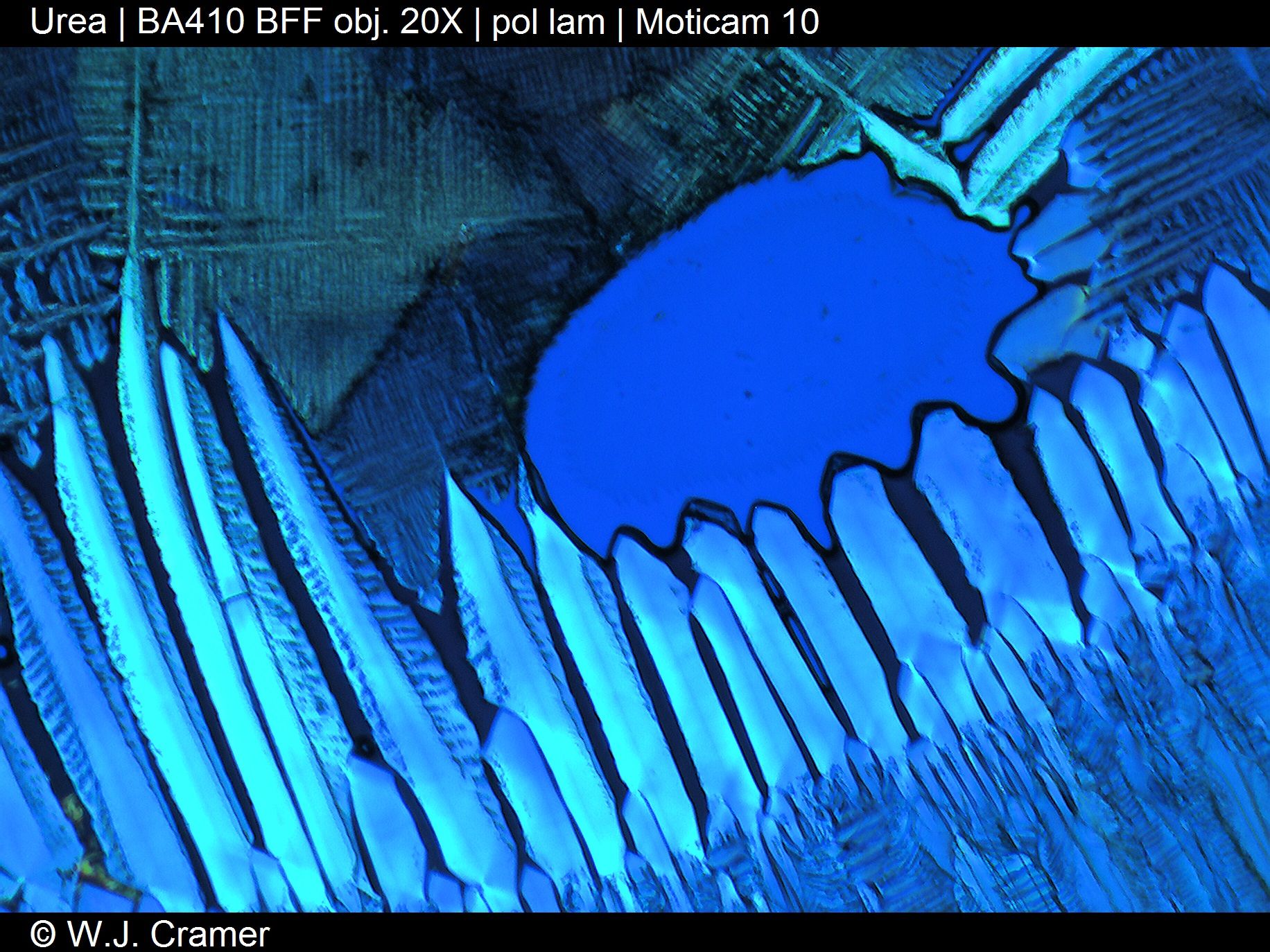It is largely used as the fertilizer or raw material to produce tough chemical substances. In its solid form urea is provided as either prills or granules.
Its formula is H 2 NCONH 2.

Chemical formula for urea is. Carbamide is the scientific name given to this revolutionary fertilizer by the International Nonproprietary Name rINN. Granules are slightly larger than prills and are more dense. 12042016 Urea is a nitrogen containing organic chemical compound with the chemical formula CONH 2 2 in which two -NH 2 groups join with a carbonyl CO functional group.
Its molar mass is 6006 g mol-1. The chemical formula of urea is CO NH 2 2 and in nature urea is excreted in the urine of mammals. It has the chemical formula CH4N2O.
Urea is commonly used for fertilizers and feed supplements. Some of the many uses of urea. It is an amide that has two -NH2 groups joined by a carbonyl CO functional group.
Urea is widely used in fertilizers as a source of nitrogen N and is an important raw material for the chemical industry. Urea chemical formula is CO NH22. It is a colourless odorless solid and highly soluble.
Urea Chemical Formula The molecule of urea has 2 amide groups ie. The chemical or molecular formula of urea is written as- Chemical Formula of Urea. -NH 2 which is joined by a carbonyl group ie.
Urea Chemical formula which is CO NH22 is because it is a carbamide organic compound It has two NH2 groups joined by the functional group -carbonyl CO It is an amide that has two NH2 groups joined by a. Urea NH2CONH2 or CH4N2O CID 1176 - structure chemical names physical and chemical properties classification patents literature biological activities safetyhazardstoxicity information supplier lists and more. Urea is an important nitrogenous fertilizer.
Urea-ammonium nitrate solution is regarded as which of the mentioned. 19012019 Urea is also named as the carbamide this is a chemical compound generally available in the metabolism of nitrogen in animals. The molecule is formed by two amide groups -NH2 bound to a central carboxylic carbon -CO thus urea is a double amide.
The Chemical formula of Urea is. Urea is known worldwide by a variety of names like carbamide resin isourea carbonyl diamide and carbonyldiamine. With the chemical formula NH22CO urea is identified as an organic compound in the worldwide chemistry.
08022020 Urea also known as carbamide is an organic compound with chemical formula CONH 2 2. Removing waste products from the mammalian body specifically ammonia from broken down proteins. Urea is known worldwide by a variety of names like carbamide resin isourea carbonyl diamide and carbonyldiamine.
The chemical structure of urea is CO NH22. Carbamide is the scientific name given to this revolutionary fertilizer by the International Nonproprietary Name rINN. Urea has important uses as a fertilizer and feed supplement as well as a starting material for the manufacture of plastics and drugs.
07052021 Urea also called carbamide the diamide of carbonic acid. The chemical formula for the compound could be given as the CO NH22 and its molecular weight is 6006 g mol-1. Commercial urea fertilizers are produced by reacting ammonia with carbon dioxide.
It is also a starting material for the production of plastics and drugs. Urea is an organic compound also known as carbamide with the molecular formula CONH22. With the chemical formula NH22CO urea is identified as an organic compound in the worldwide chemistry.
Urea is an organic compound having chemical formula NH2CONH2 Also called as Carbonic diamide.

Urea Also Known As Carbamide Is An Organic Compound With Chemical Formula Co Nh2 2 This Amide Has Tw Chemistry Functional Group Medical Laboratory Science

Pin By Kingdraw Chem On Organic Compound Nail Problems Functional Group Skin Conditions









0 comments:
Post a Comment